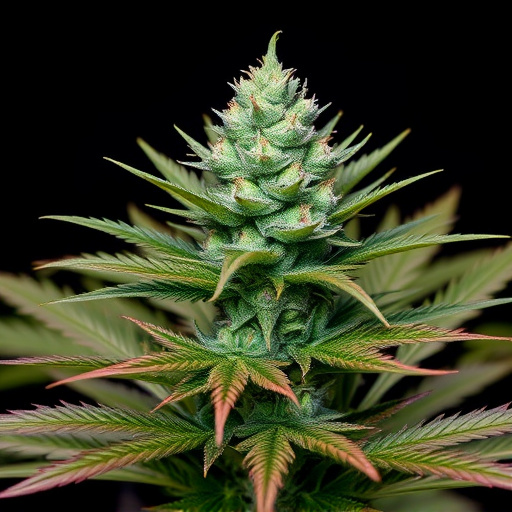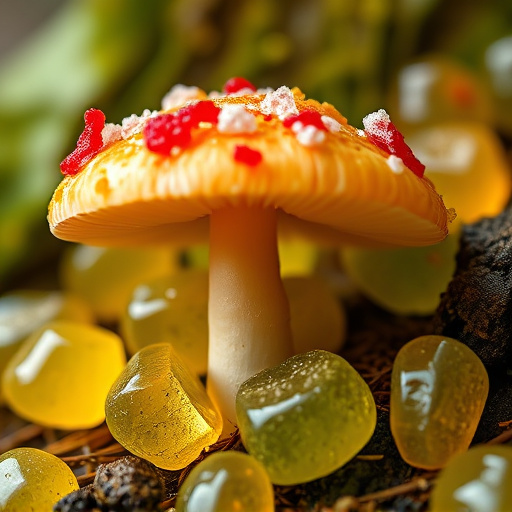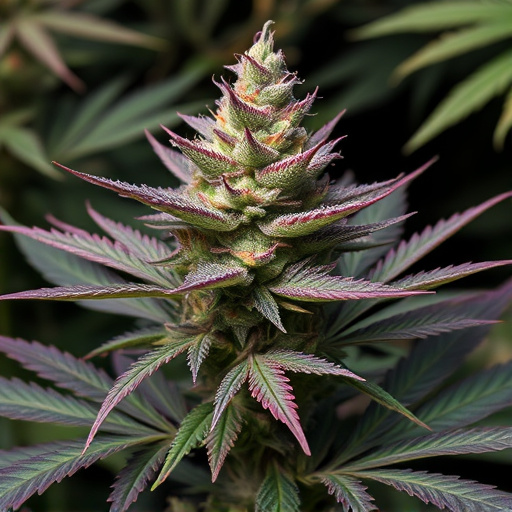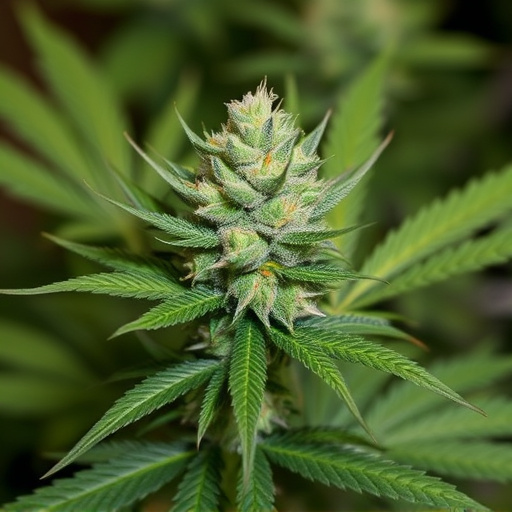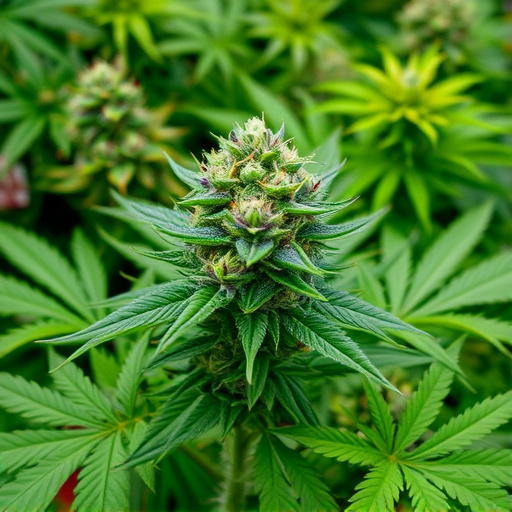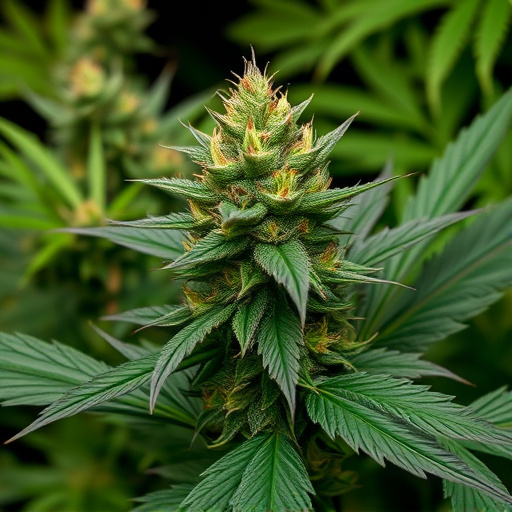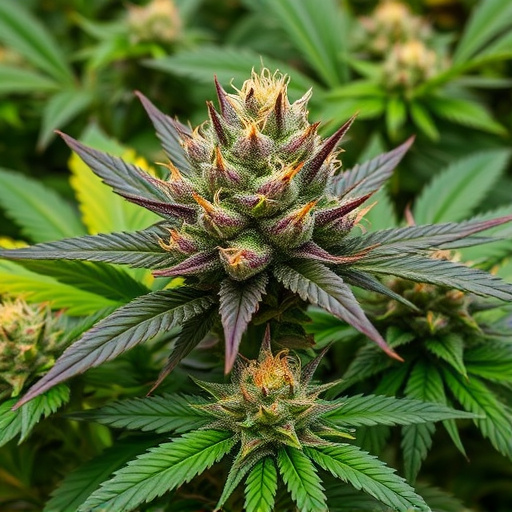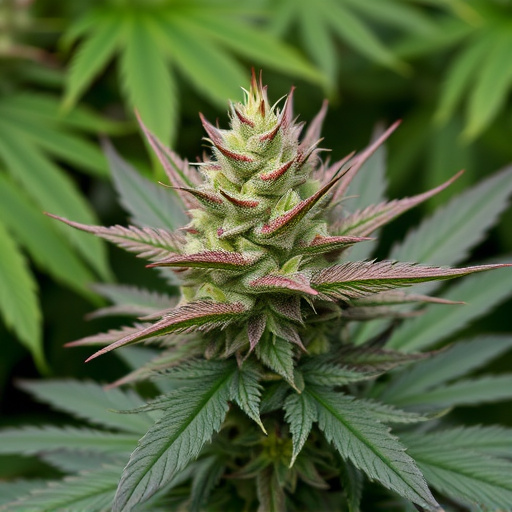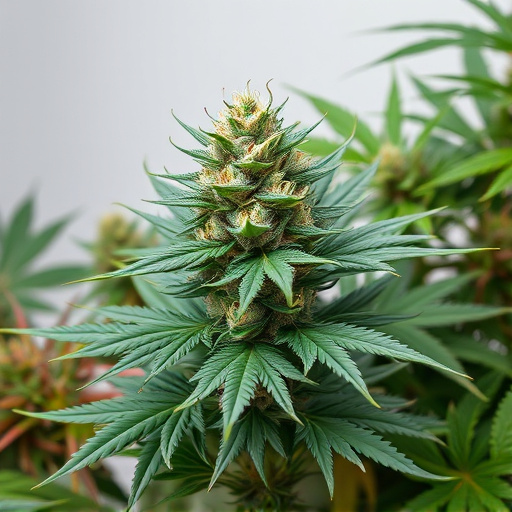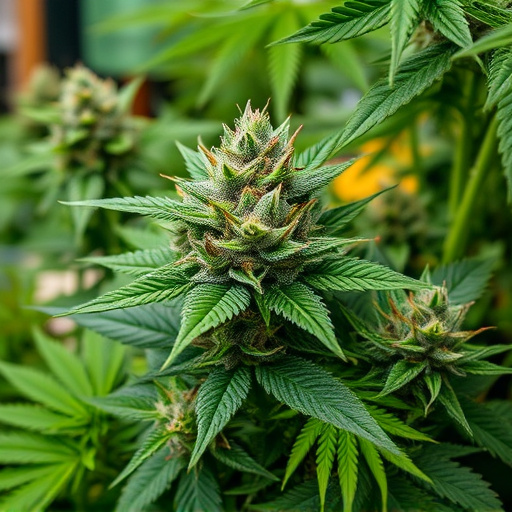Terpenes, aromatic compounds in cannabis, significantly impact scent, flavor, and effects. Different strains have unique terpene profiles—for example, myrcene-rich indicas promote relaxation while limonene-rich sativas enhance upliftment. Understanding these interactions allows users to select strains tailored to desired outcomes, from relaxation to creativity enhancement, catering to both medical and recreational uses. The "entourage effect" describes how terpenes modulate cannabinoids like THC and CBD, further diversifying cannabis experiences.
In the world of cannabis, terpenes are the unsung heroes that contribute significantly to its unique effects. These aromatic compounds not only give cannabis its distinct flavors and scents but also play a pivotal role in modulating the plant’s therapeutic properties. Understanding terpenes is crucial when exploring the diverse effects of different types of cannabis strains. This article delves into the intricate relationship between terpenes and their impact on the overall cannabis experience, shedding light on why various strains offer varied effects based on their terpene profiles.
- Understanding Terpenes: The Key Aromatic Compounds in Cannabis
- Types of Cannabis Strains and Their Terpene Profiles
- How Terpenes Enhance or Alter the Effects of Cannabis
Understanding Terpenes: The Key Aromatic Compounds in Cannabis
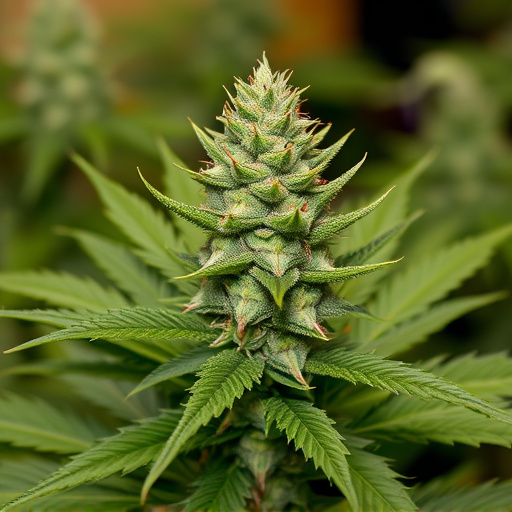
Terpenes, often referred to as the “aromatic compounds” of cannabis, play a pivotal role in shaping the plant’s unique scent and flavor profile. They are volatile organic compounds that contribute significantly to the diverse range of effects experienced by users. Beyond their ability to enhance the sensory experience, terpenes also interact with cannabinoids like THC and CBD, influencing how the body perceives and processes these chemical entities.
The variety of cannabis strains is vast, each boasting its own terpene profile, which, in turn, affects the overall effect—be it invigorating, calming, or something in between. For instance, myrcene is commonly associated with indica strains and is known for its sedative properties, while limonene, prevalent in sativa varieties, is linked to uplifting and energizing effects. Understanding these terpene-cannabinoid interactions is crucial for cannabis enthusiasts seeking to optimize their experience based on desired outcomes, whether relaxing after a long day or boosting creativity.
Types of Cannabis Strains and Their Terpene Profiles
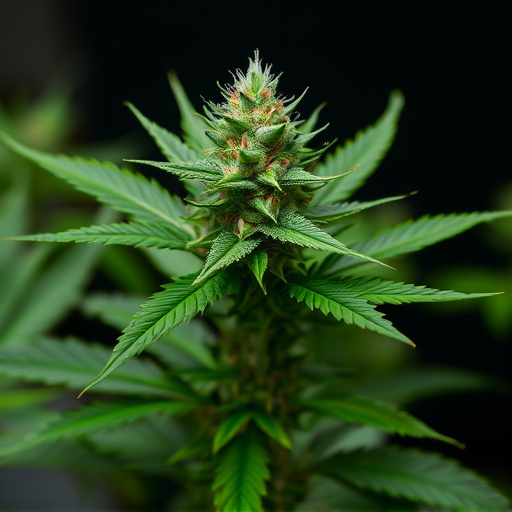
Cannabis strains vary greatly in their terpene profiles, contributing to the diverse range of effects experienced by consumers. Terpenes are aromatic compounds that not only give cannabis its unique scent and flavor but also play a significant role in modulating the plant’s psychological and physiological impacts. Different types of cannabis strains have distinct terpene compositions, leading to varied effects. For example, strains high in myrcene are known for their relaxing and sedative properties, making them popular choices for evening use or managing insomnia. In contrast, limonene-rich strains often provide a more uplifting and energizing experience, which may be preferred during the day.
The variety of terpene profiles across types of cannabis strains allows consumers to tailor their choice based on desired effects. Some strains are bred specifically for high levels of specific terpenes to enhance or modify the cannabis experience. This customization offers an exciting prospect for both medical and recreational users, enabling them to find strains that align best with their individual preferences and needs.
How Terpenes Enhance or Alter the Effects of Cannabis

Terpenes, organic compounds responsible for the unique aroma and flavor profiles in cannabis plants, play a significant role in enhancing or altering the effects of cannabis. These compounds interact synergistically with cannabinoids like THC and CBD, creating what is known as the entourage effect. This phenomenon results in a more complex and nuanced high, where the combination of terpenes and cannabinoids can intensify certain aspects, such as relaxation, euphoria, or even cognitive functions, depending on the specific terpene profile.
Different types of cannabis strains possess varying combinations of terpenes, leading to diverse experiences. For instance, myrcene is prevalent in many indica strains and is known for its sedative properties, promoting relaxation and sleep. On the other hand, limonene, often found in sativa-dominant varieties, offers uplifting and energizing effects due to its citrusy aroma. Understanding these terpene-cannabinoid interactions allows consumers to make informed choices based on their desired effects, whether they seek a calming evening or an invigorating afternoon boost from various types of cannabis strains.
Terpenes, the aromatic compounds responsible for cannabis’ distinctive scents, play a pivotal role in shaping its effects. By understanding the unique terpene profiles found in various types of cannabis strains, consumers can make more informed choices to enhance their experiences. These natural compounds don’t just add flavor; they interact with cannabinoids like THC and CBD, modulating their potency and creating diverse effects. Whether seeking relaxation, energy, or specific therapeutic benefits, recognizing terpene characteristics in different cannabis strains is a game-changer for navigating the world of cannabis.
